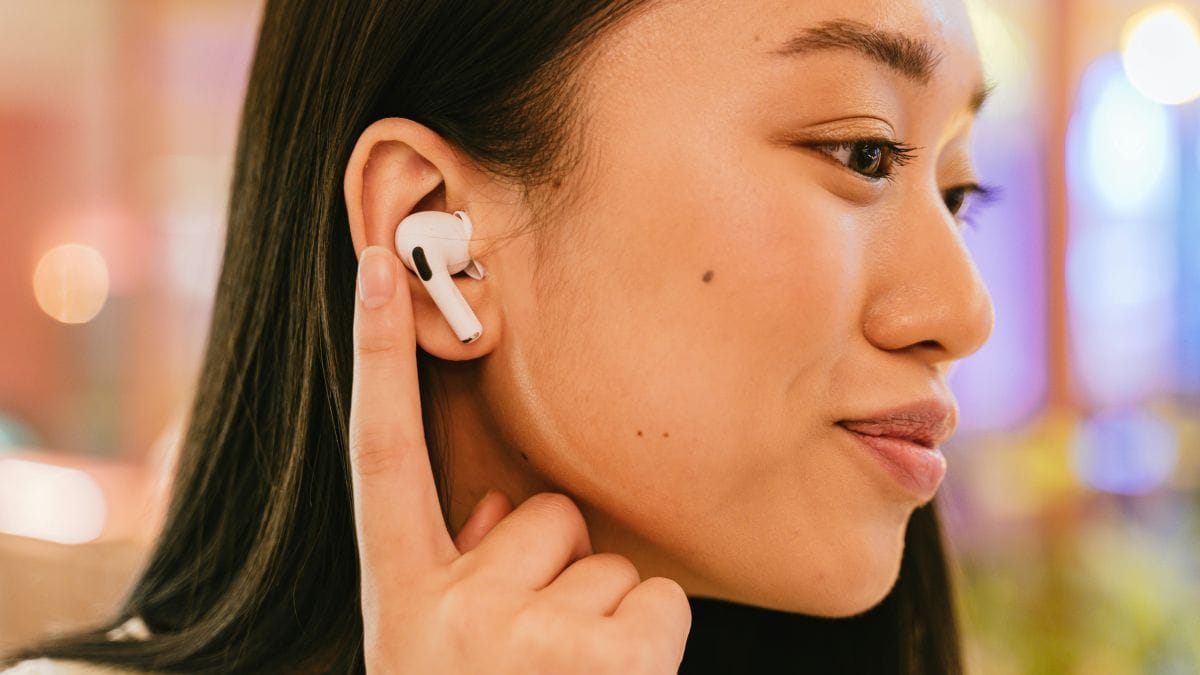India’s smartphone shipments report highest ever decline in Q1: Counterpoint

Smartphone sales in India fell to around 31 million units in the January-March quarter, registering the steepest year-on-year decline of 19 percent in the first quarter, market research firm Counterpoint reported on Thursday.
Mobile phones priced below Rs 30,000 each saw a sharp decline, while shipments in the premium and ultra-premium category grew by 60-66 percent.
“This was the highest ever decline in Q1 in the Indian smartphone market, and also the third consecutive quarterly decline. Sluggish demand, high inventory build-up carried over from 2022, growing consumer preference for refurbished phones and pessimistic channel picture of the market contributed to this decline,” the report by market monitoring service Counterpoint said said.
The share of 5G smartphones in total smartphones sold reached a record 43 percent.
“With a 20 percent share, Samsung led the Indian smartphone market for the second quarter in a row. It was also the top 5G brand,” the report said.
Samsung’s new 5G-compatible A-series performed well in the offline market, accounting for 50 percent of shipments.
Samsung’s ultra-premium segment (priced above Rs 45,000) grew 247 percent YoY in the March 2023 quarter, driven by the successful launch of the S23 series and financing options, the report said.
Apple grew 50 percent year-on-year, gaining 6 percent share in the March 2023 quarter.
Apple retained its lead in the overall premium segment (Rs. 30,000) and in the ultra-premium segment (above Rs. 45,000) with 36 percent and 62 percent shares, respectively.
The iPhone maker’s sales were boosted by the new financing scheme with HDB Financial Services and promotions for the latest iPhone 14 series through offline channels.
“The trend of premiumization is strengthening with every passing quarter, with the share of the premium segment almost doubling in Q1 2023 compared to Q1 2022,” said Prachir Singh, senior research analyst at Counterpoint.
Singh said affordability is key here as more and more financial schemes are being launched such as Apple’s ‘no cost EMI with zero down payment’ offers for the latest premium segment, the rise in trade-in offers and pressure from retailers.
“The growth of the premium segment is causing the share of the middle class to decline as consumers move to higher-end smartphones,” Singh said.
Mobile phones in the Rs. 20,000-30,000 segment saw a 33 percent decline in shipments, the Rs. 10,000-20,000 segment saw a 34 percent decline and phones priced below Rs. 10,000 saw a 9 percent decline in shipments year-on-year.
“We are seeing a change in consumer behaviour, with demand now concentrated around promotional periods. The beginning of the quarter saw an increase in demand across channels around the Republic Day sales period. However, demand dropped significantly post the sales period. Channel players are now focusing on clearing existing inventory rather than creating new inventory of new models,” said Shilpi Jain, senior research analyst at Counterpoint.
According to her, the positives of the quarter came from 5G smartphones, whose contribution (43 percent) exceeded 40 percent for the first time, growing 23 percent year-on-year as consumers continued to upgrade to 5G devices.
“We believe these situations will be similar in Q2 2023 as well, with growth picking up again in the second half of the year on the back of faster 5G upgrades, easing macro pressures and the festive season,” Jain said.
Vivo also retained its second position during the reported quarter with a market share of 17 percent, despite a 3 percent decline in shipments year-on-year.
Xiaomi saw a 44 percent year-on-year decline from the first quarter of 2022, dropping the company to third place with a 16 percent share during the reporting quarter.
“The decline was due to weak demand in the sub-Rs. 10,000 segment, more reliance on online channels even as demand is higher in offline channels, and a confusing portfolio. The Redmi Note 12 series received a positive response from consumers, contributing to over 14 percent of Xiaomi’s total shipments,” the report said.
OnePlus was the fastest growing brand with 72 percent year-on-year growth in the March 2023 quarter.
“Among the local brands, Lava performed well with its revamped portfolio in the sub-Rs. 10,000 segment. Lava continues to offer the cheapest 5G smartphone (Blaze 5G). It was also the third fastest growing brand in Q1 2023 with 29 percent YoY growth,” the report said.




